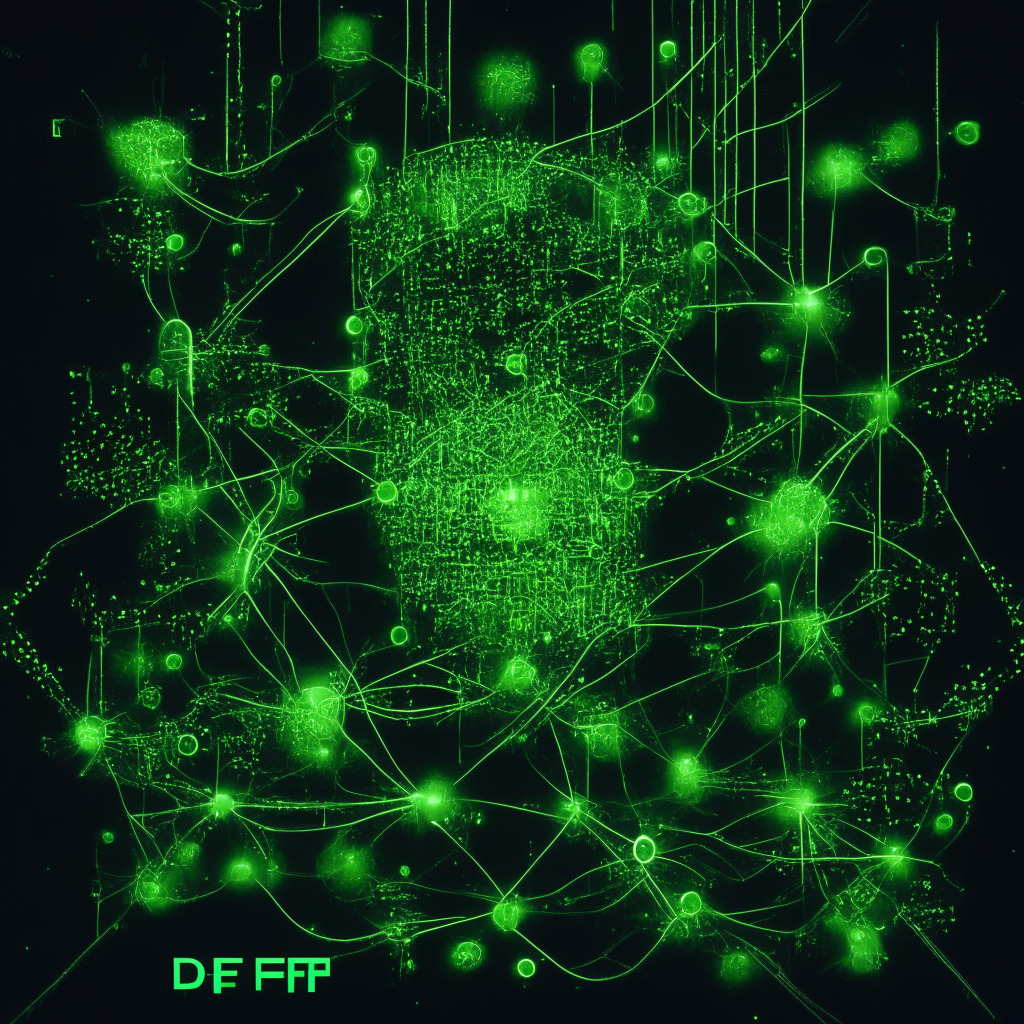On June 29, a company named Six Clovers, founded by ex-PayPal executives Jim Nguyen and Nas Kavian announced the inception of the Versal Network on the Sui blockchain. This decentralized international payment system seeks to improve the speed and efficiency of cross-border transactions for businesses globally. Thanks to the crypto payment systems of Six Clovers, digital currency transactions can now take place on a larger, more global scale.
The Versal Network signifies a novel blend of decentralized and conventional finance. “We’re making strides towards our vision of harnessing the power of digital assets on-chain for the next billion users on the Sui blockchain,” said Jim Nguyen, CEO of Six Clovers. The secret to accomplishing this lies in bridging the gap between established e-commerce and Web3 commerce. The strategy is to make the blockchain infrastructure inconspicuous to the customers by abstracting it.
The Six Clovers API integration allows organizations to use the Versal Network to enable real-time payments with stablecoins and Central Bank Digital Currencies. Other standout components of the Sui blockchain ecosystem include Transak, a platform for procuring SUI tokens using fiat money. Also, Halliday HQ, a layer 1 blockchain born from former Meta Platforms (META) employees, now has a valuation of $2 billion after a successful funding round in September.
In May 2023, Sui debuted its mainnet, achieving an impressive 1,007 transactions per second peak in 30 days. Distinguishing features of Sui include high-speed transactions, instant processing, and expansibility with Move/Rust-based programming language. Operating on a delegated proof-of-stake consensus, it offers 10 billion SUI tokens, with 14% open for purchase by investors.
Binance further amplified Sui’s spotlight by making it available through its Launchpool. This move attracted Justin Sun, founder of Tron, who deposited $56 million in TrueUSD stablecoins into Binance for the procurement of SUI tokens.
The prospects of cryptocurrency in cross-border transactions and remittances are glowing. Predictions peg the global remittance market to reach a hefty $930 billion by 2026, presenting an enormous opportunity for cryptocurrency’s adoption. Recent discourse has centered around cryptocurrency’s application in cross-border transactions, with central bank digital currencies (CBDCs) being tested by institutions such as the Bank for International Settlements and the International Monetary Fund. By 2030, CBDCs are anticipated to significantly streamline cross-border transactions, with transactions predicted to exceed $213 billion globally.
Source: Cryptonews




